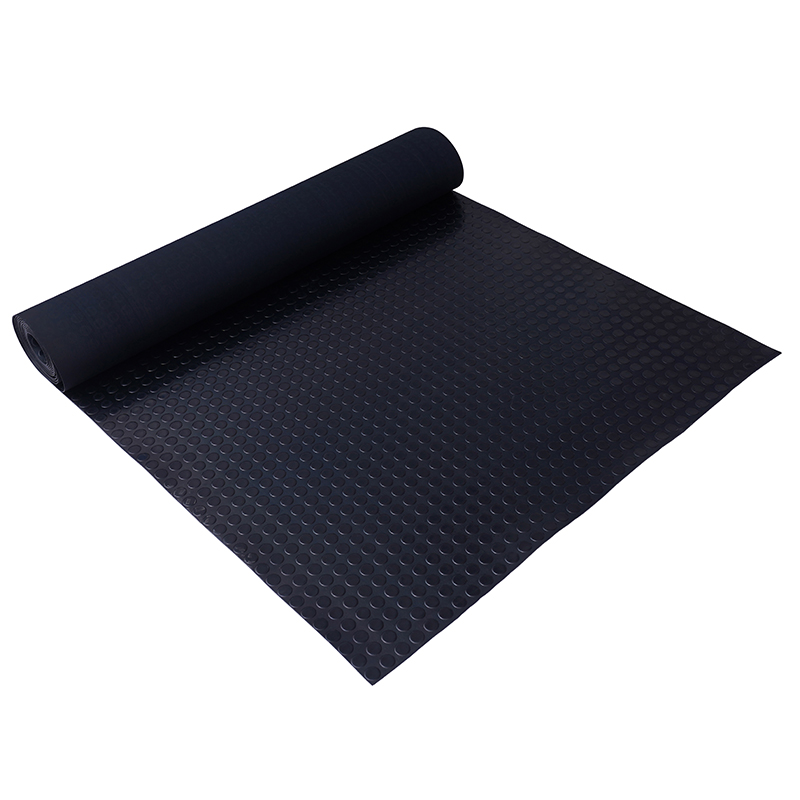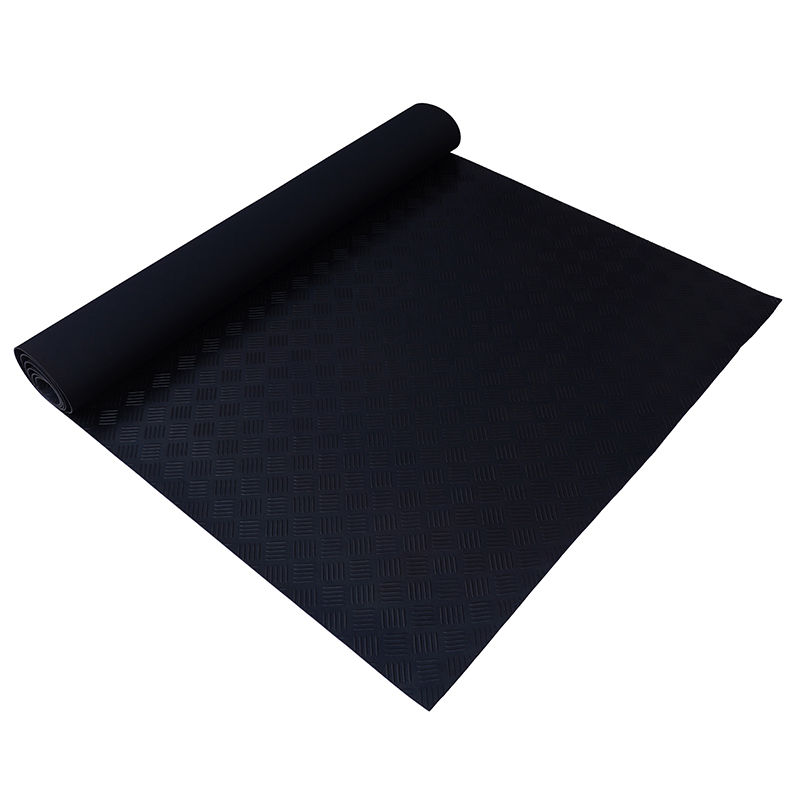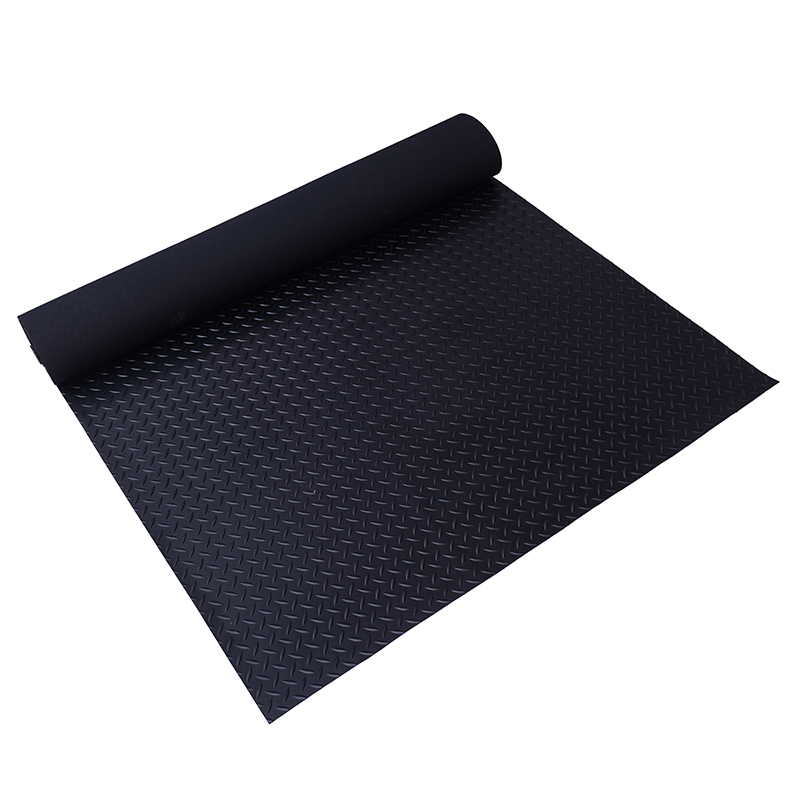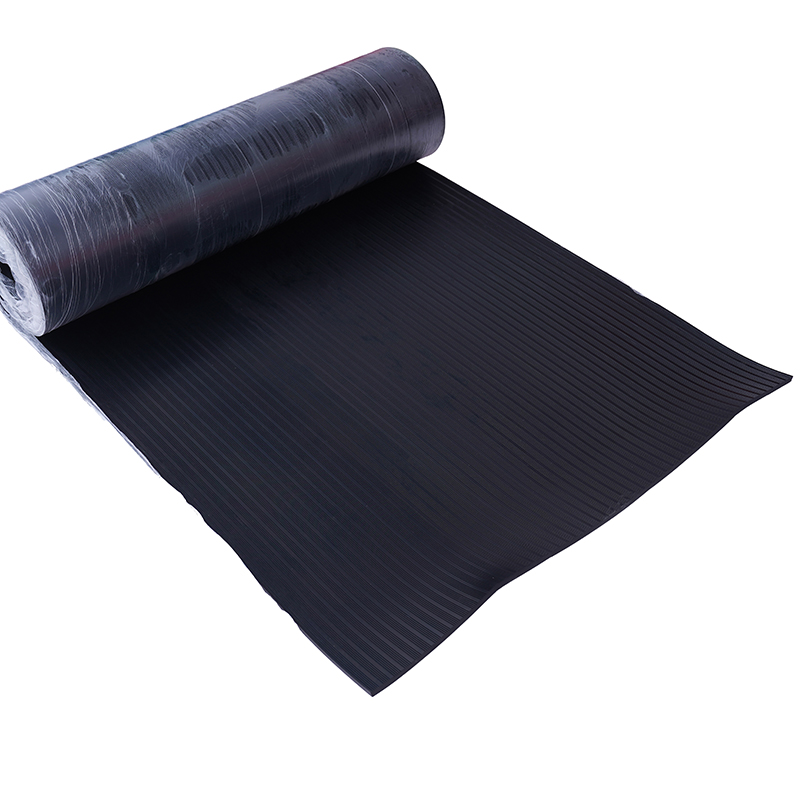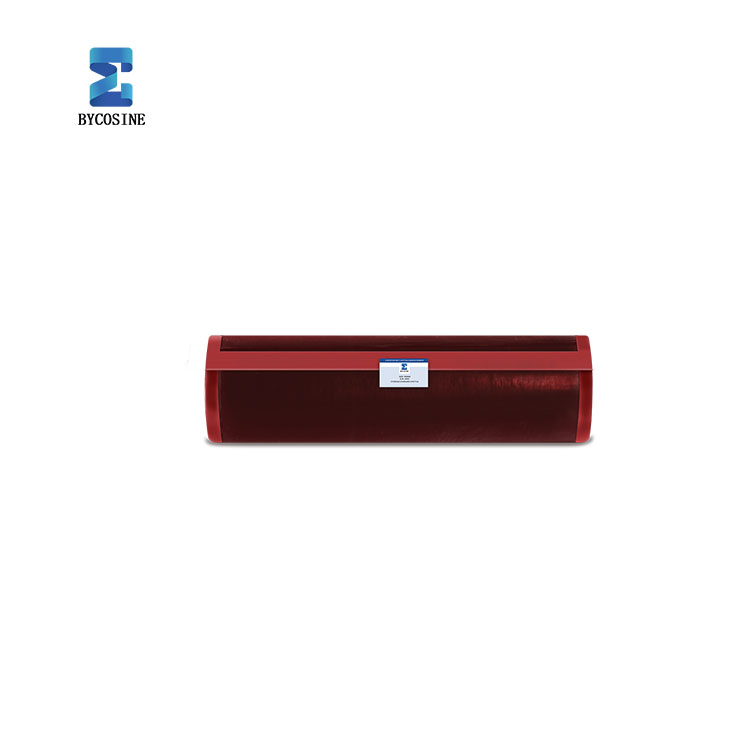Methods for Removing Old Rubber from Drum Rubber Coating
2025-06-10 10:21:49Mechanical Scraping
Use professional rubber scraping tools, such as a sharp-bladed scraper. Tilt the scraper at a certain angle to fit the drum surface, and smoothly remove the old rubber along its texture with steady force. This method is suitable for large-area and thick old rubber layers. Pay attention to controlling the force during operation to avoid damaging the drum's metal surface.
Chemical Dissolution
Purchase a specialized rubber dissolver and evenly spray it onto the surface of the old rubber. Allow the dissolver to penetrate and soften the old rubber. Once softened, the rubber becomes loose and can be easily scraped off with a spatula or brushed away. Always wear protective gear and work in a well-ventilated area to avoid health risks from dissolver vapor.
High-Temperature Treatment
Use equipment like heat guns or flame spray guns to heat the old rubber area. High temperatures soften the old rubber and reduce its adhesion, allowing it to be quickly scraped off with a scraper. Be cautious to control the temperature and heating duration to prevent the drum from overheating and deforming, which could affect subsequent coating results.
High-Pressure Water Jetting
Utilize a high-pressure water gun to spray the old rubber with a powerful water stream. The strong impact force peels the old rubber off the drum surface. This method is highly efficient and thorough, causing no abrasion to the drum. However, after operation, dry the drum promptly to prevent rusting.
In practice, these methods can be flexibly combined based on the thickness and hardness of the old rubber, as well as on-site conditions, to quickly remove old rubber and lay a solid foundation for the smooth progress of on-site drum rubber coating.







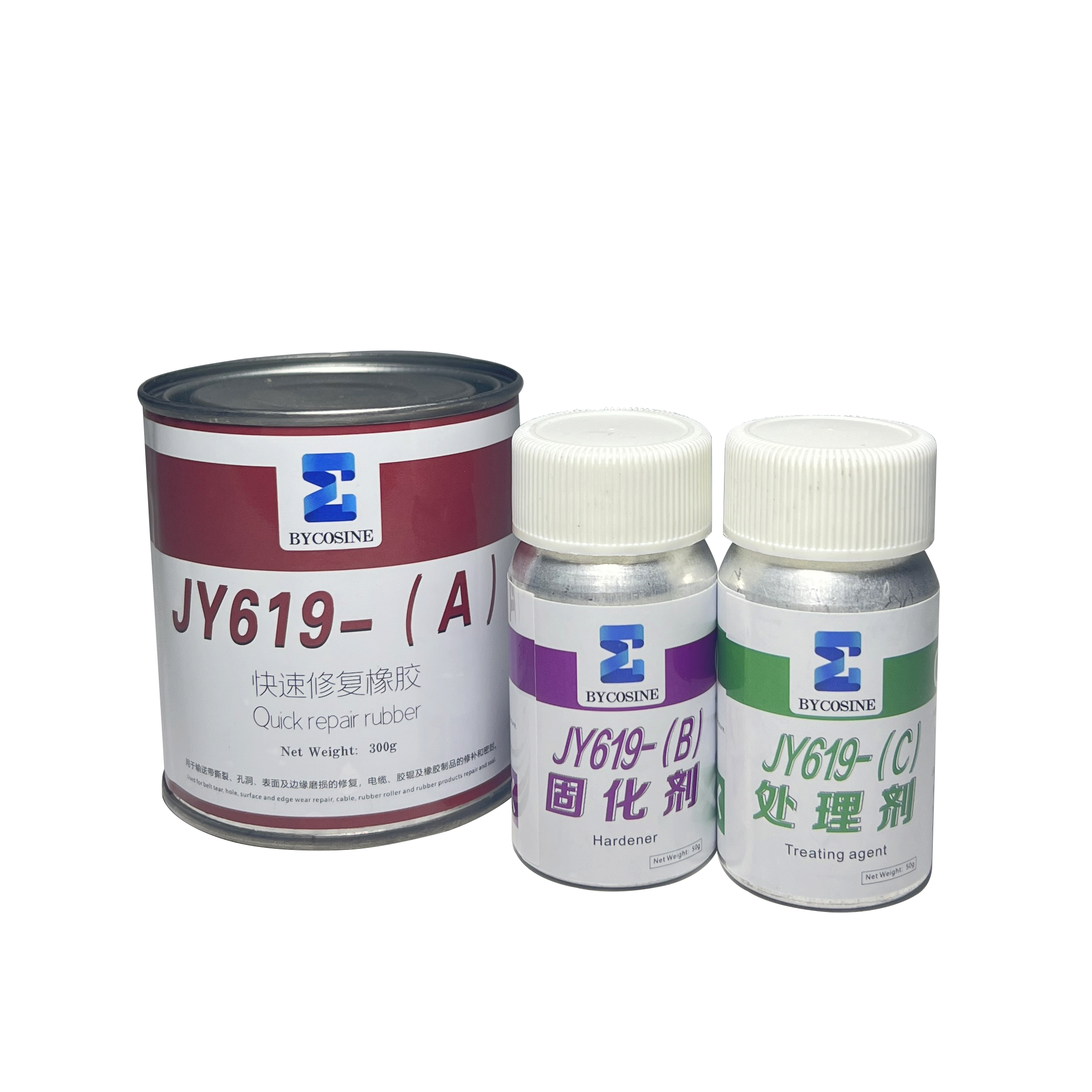




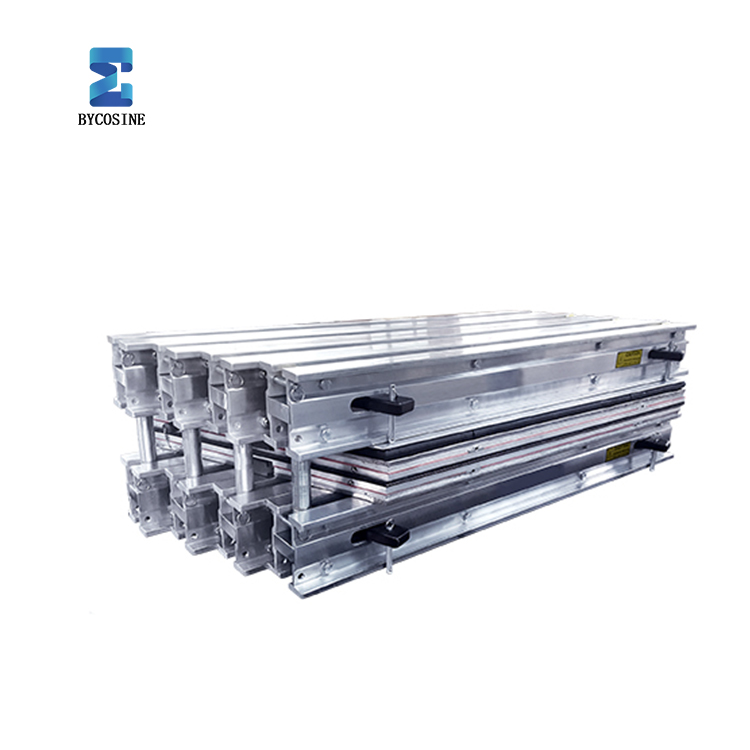
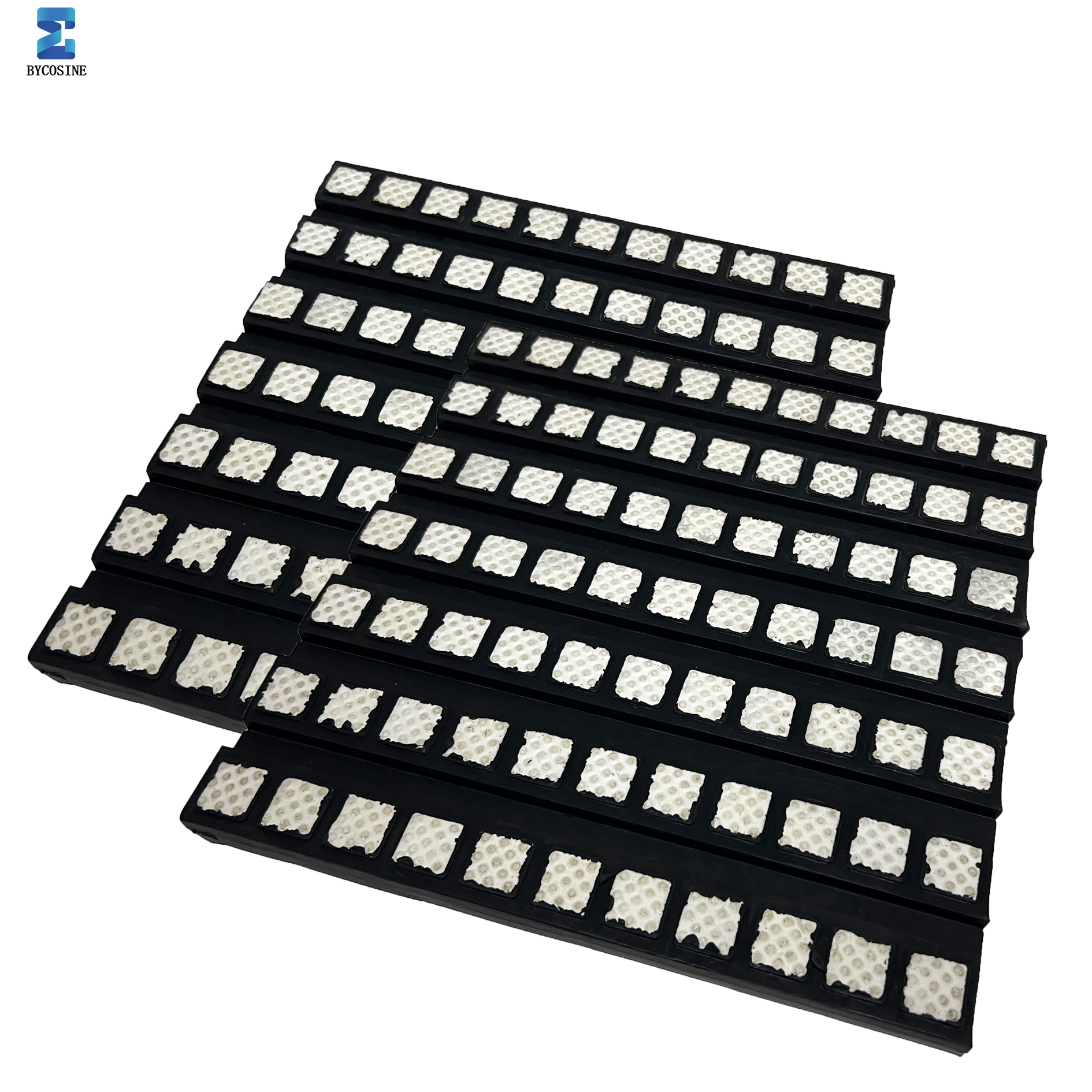
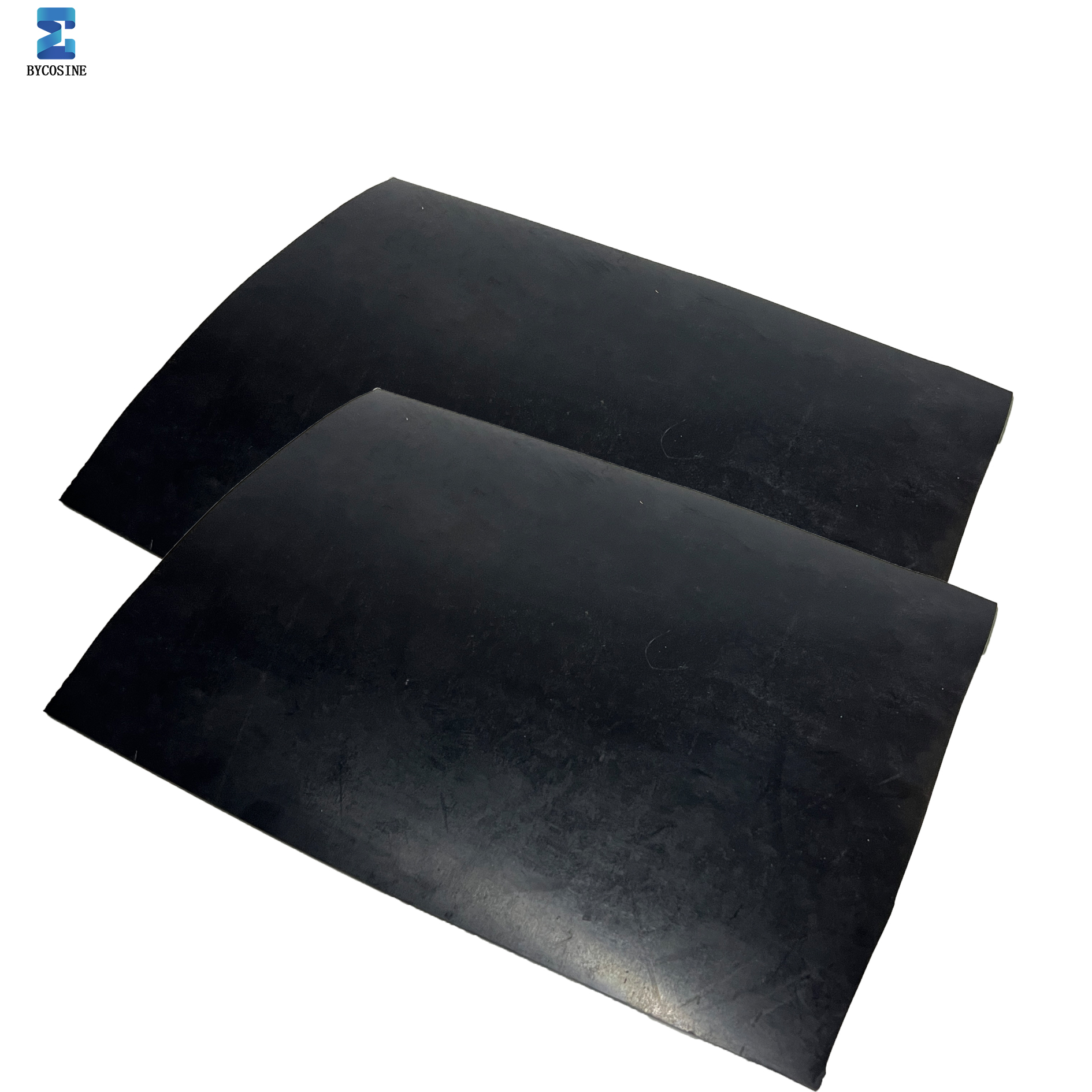
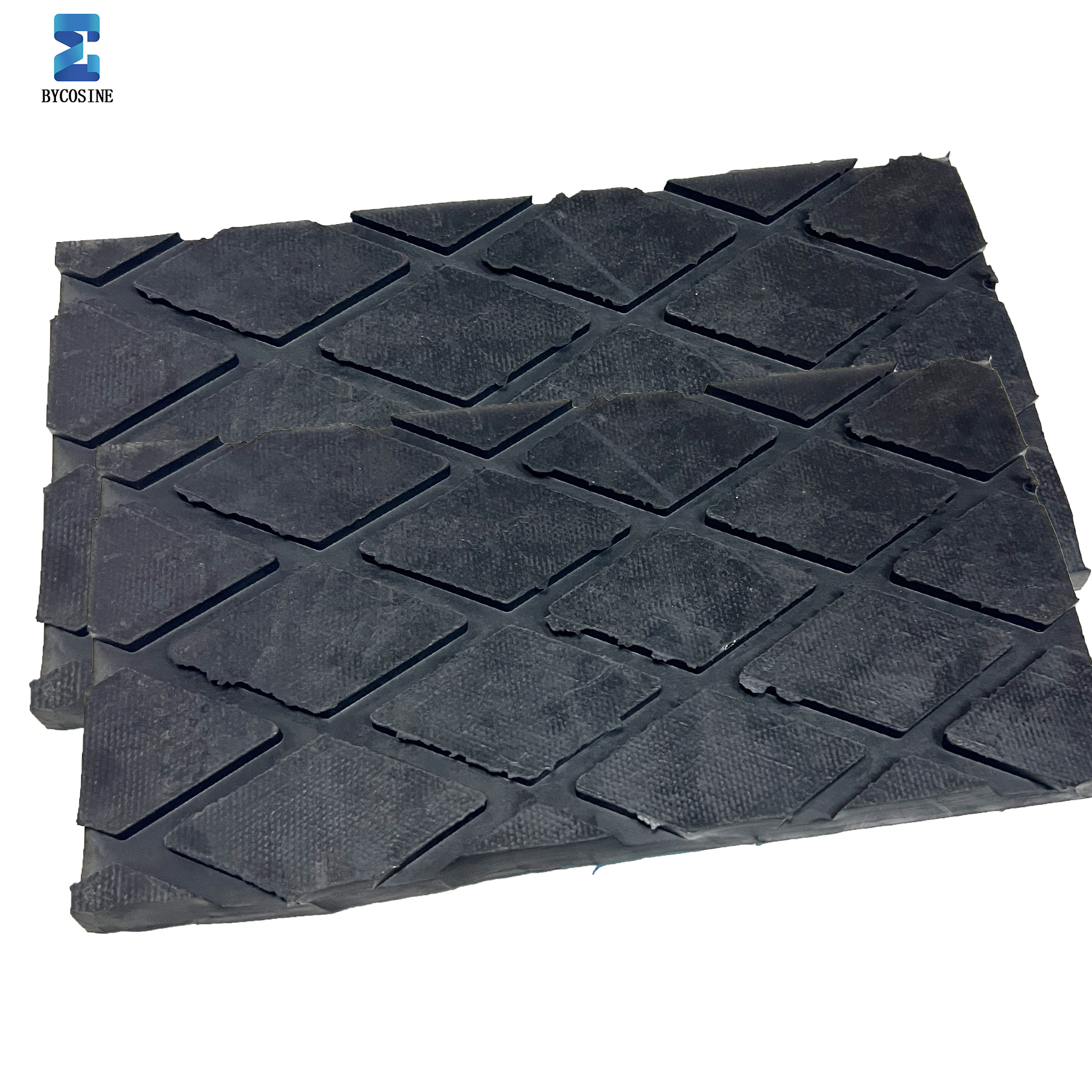
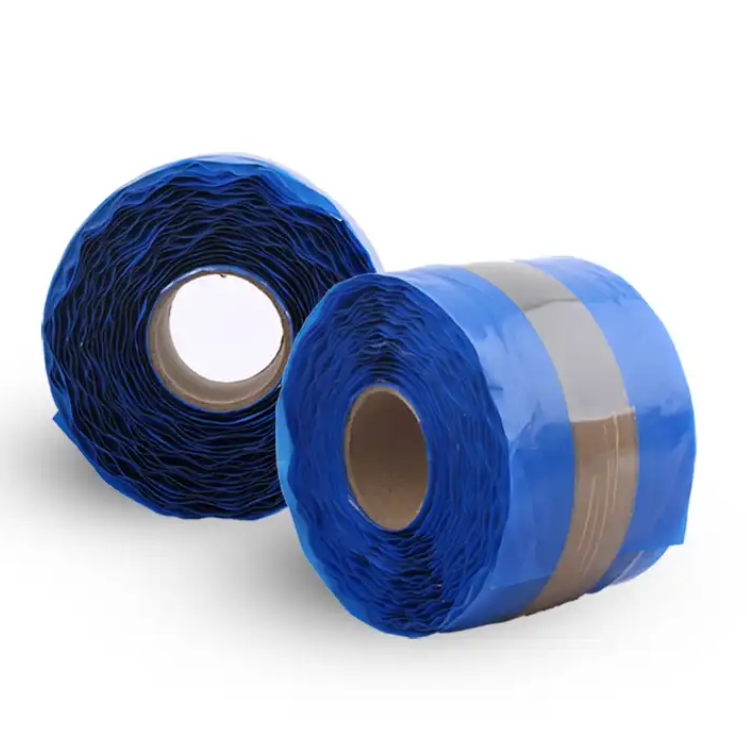

.png)
